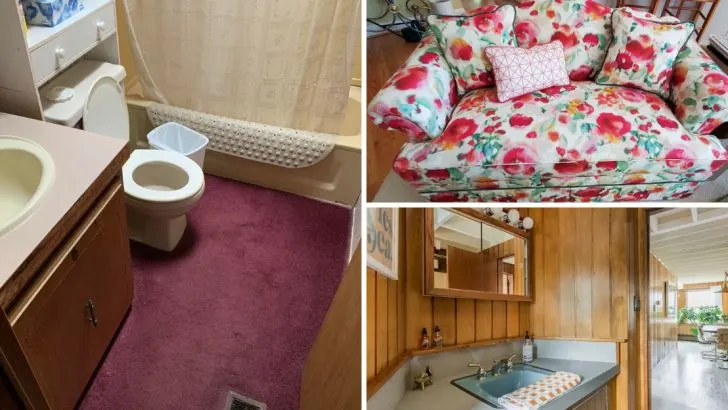The 1980s were a bold, colorful, and unapologetically eclectic decade in home design. From oversized furniture to pastel everything, the era celebrated excess and experimentation.
Whether it was the obsession with mirrored walls or the overuse of floral prints, these design choices defined a unique era of home decor. Looking back, they highlight just how much our aesthetics and preferences have changed over the decades.
Let’s take a playful trip down memory lane and revisit 15 of the most eyebrow-raising home design trends from the ’80s. Which of these do you secretly love, and which are you glad to leave in the past?
Pastel Color Palettes
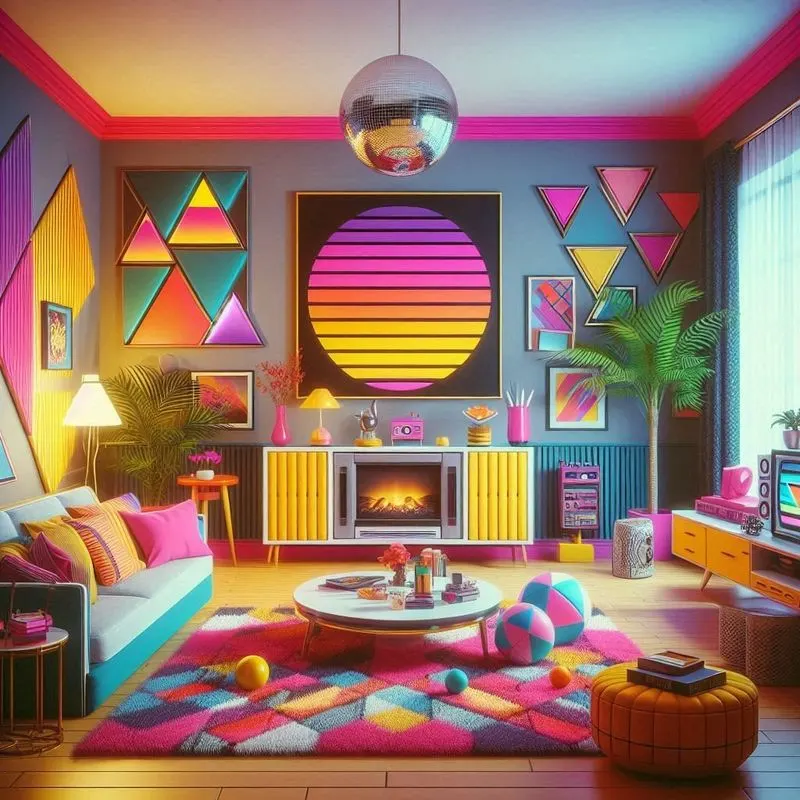
In the ’80s, pastel colors dominated the interior design scene. Walls painted in soft mauve or seafoam green were considered sophisticated. These hues were often paired with white or cream accents, adding to the gentle aesthetic.
Pastels were seen everywhere, from couches to kitchen cabinets. Fast forward to today, these muted tones might feel overly nostalgic or even dated. Modern design tends to favor bold contrasts or neutral palettes. Despite this, pastels occasionally make a comeback, albeit in more contemporary and streamlined ways, proving that trends often come full circle.
Floral Sofas
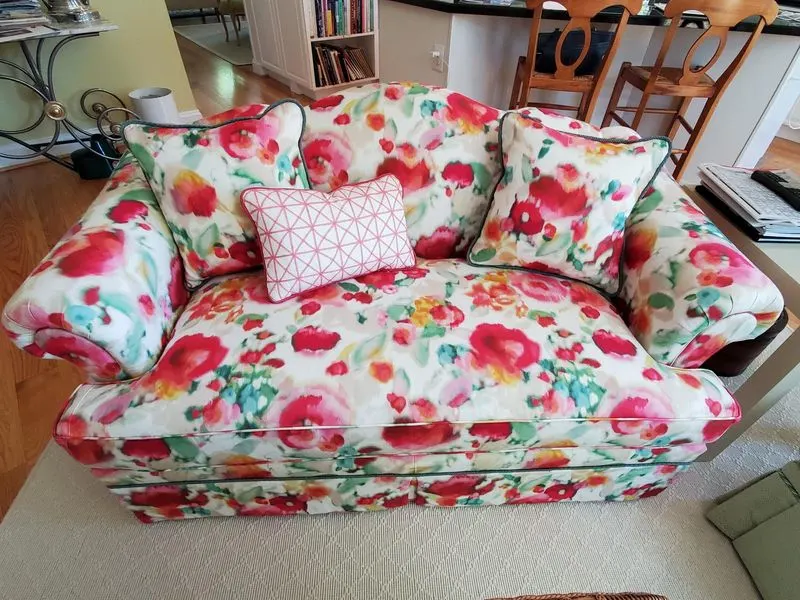
Floral patterns were a hallmark of ’80s living rooms. Sofas covered in large, bold floral prints were all the rage. This design choice created a sense of comfort and homeliness, reflecting the era’s affinity for busy patterns.
However, in today’s minimalist world, such vibrant prints might feel overwhelming or cluttered. Modern interiors often favor solid colors or subtle patterns that don’t dominate the space. Yet, for those who appreciate vintage charm, a floral sofa can be an eclectic addition, offering a nod to a time when more was more.
Wood Paneling
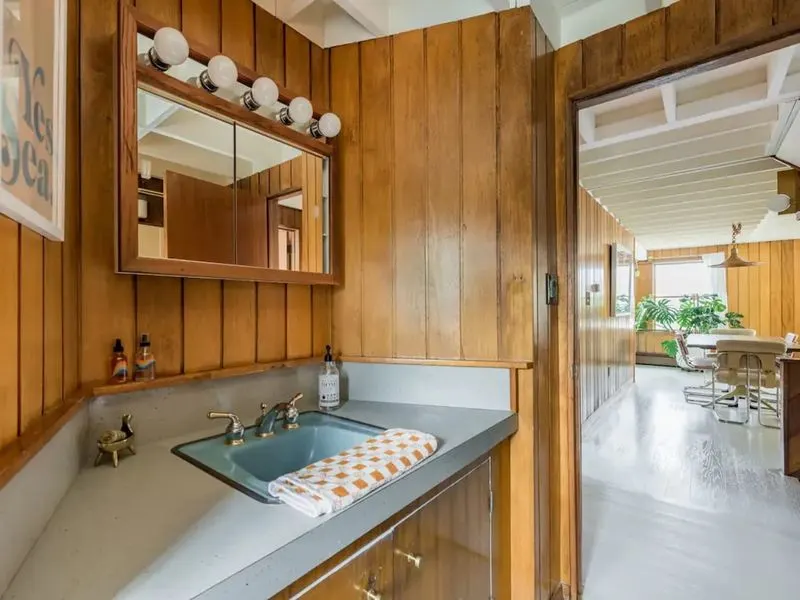
Dark wood paneling was a staple in ’80s homes, adding a touch of rustic charm to rooms. Often used in basements or dens, it created a warm, cozy atmosphere. However, this trend has fallen out of favor, with many viewing it as dark and oppressive.
Today’s design preferences lean towards light and airy spaces, with painted or wallpapered walls. Yet, some designers still appreciate wood paneling for its texture and character, choosing to modernize it with lighter stains or paint. Thus, nostalgia can sometimes find its way back into modern aesthetics.
Glass Block Windows
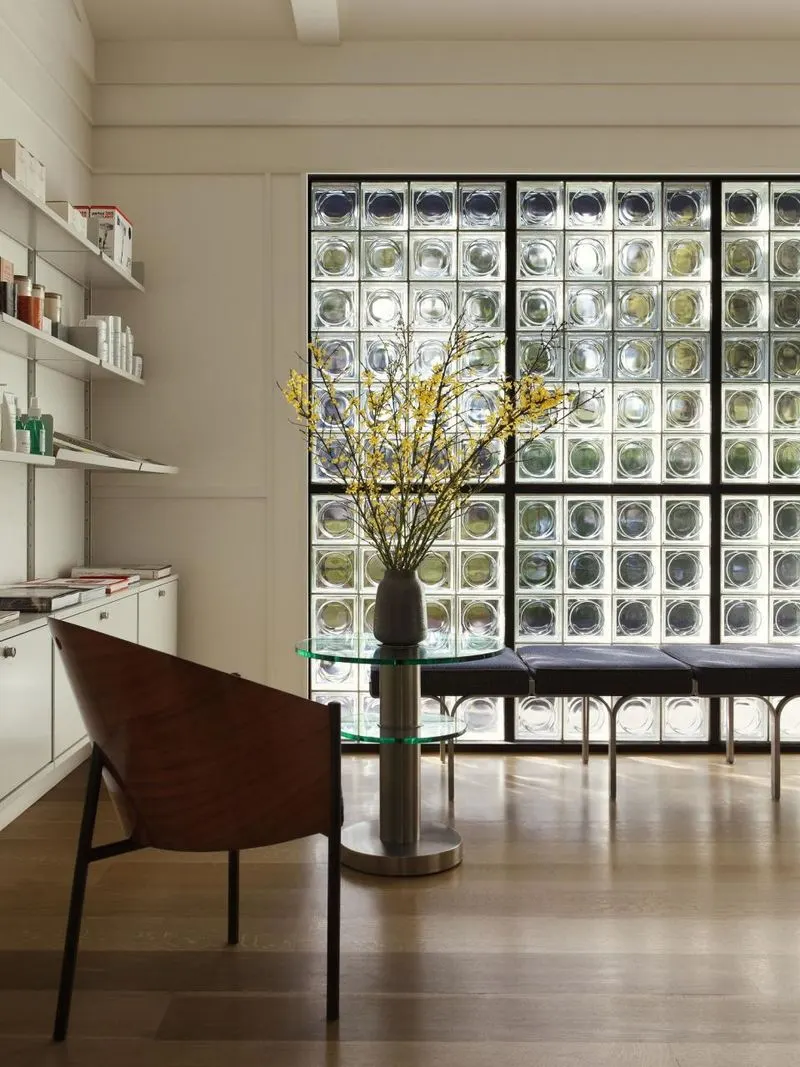
Glass block windows were a popular design feature in the ’80s, known for their unique aesthetic and ability to diffuse light. Often used in bathrooms or entryways, they provided privacy while still allowing light to enter. Today, these windows are less common, as they can feel dated and limit visibility.
Modern designs favor large, clear panes of glass that connect indoor and outdoor spaces. Nonetheless, glass blocks are occasionally used as a retro accent, blending vintage charm with contemporary elements in creative ways.
Brass Fixtures
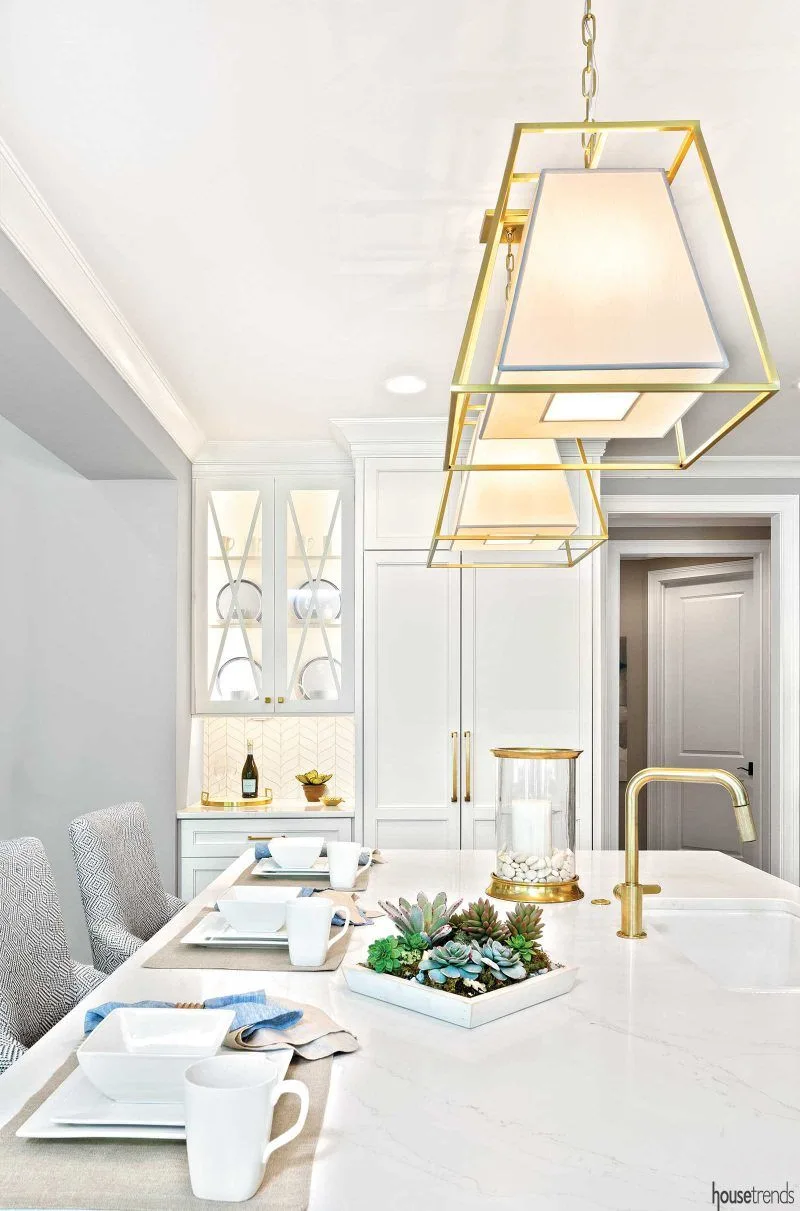
Brass fixtures gleamed in ’80s homes, exuding luxury and elegance. From faucets to door handles, brass was the metal of choice. This shiny material was associated with opulence, making spaces feel more upscale. However, in today’s interiors, brass can seem loud or garish, often replaced by more subdued metals like brushed nickel or matte black.
Despite this, recent years have seen a resurgence of brass, now used in sleeker, more refined designs to add warmth and sophistication without overwhelming the space.
Mirrored Walls
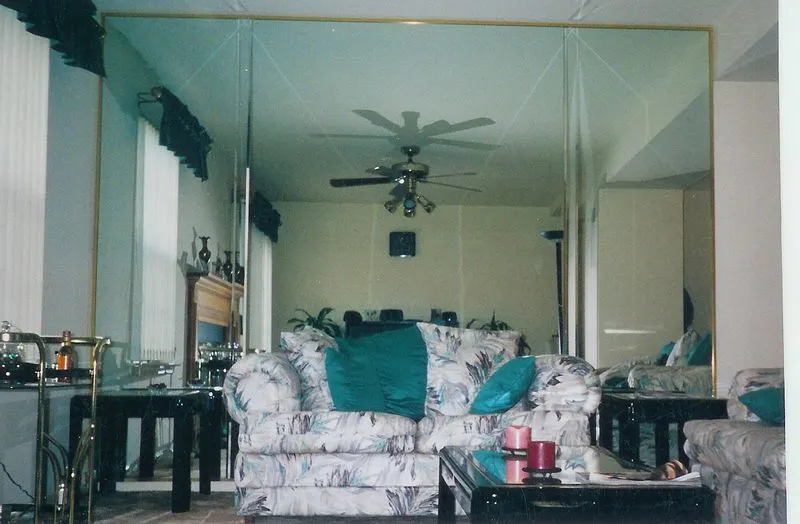
Mirrored walls were a bold and practical design choice in the ’80s. They expanded spaces visually, making rooms appear larger and brighter. This trend was particularly popular in living rooms and dining areas. However, mirrored walls can now seem excessive, evoking memories of dance studios or gyms rather than cozy homes.
Modern tastes typically incorporate mirrors more sparingly, using them as decorative accents instead. Still, for those looking to capture the glamour of a bygone era, a mirrored wall might just be the conversation starter they need.
Vertical Blinds
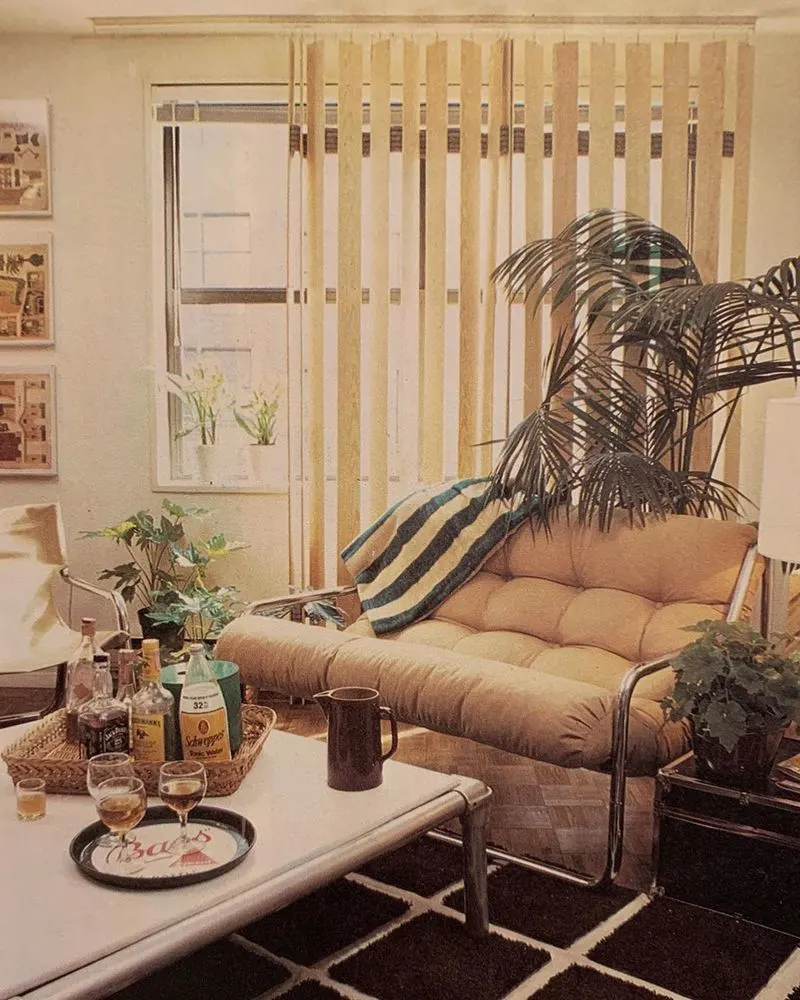
Vertical blinds were the window treatment of choice in the ’80s, prized for their functionality and clean lines. They were especially popular in offices and living rooms with large windows. While practical, they may now strike some as uninspired or sterile.
Today’s window coverings often feature softer materials and more varied textures, contributing to a cozier atmosphere. However, for those with a penchant for retro styles, vertical blinds offer a nostalgic nod to a time when simplicity and efficiency were paramount in design.
Ruffled Bed Skirts
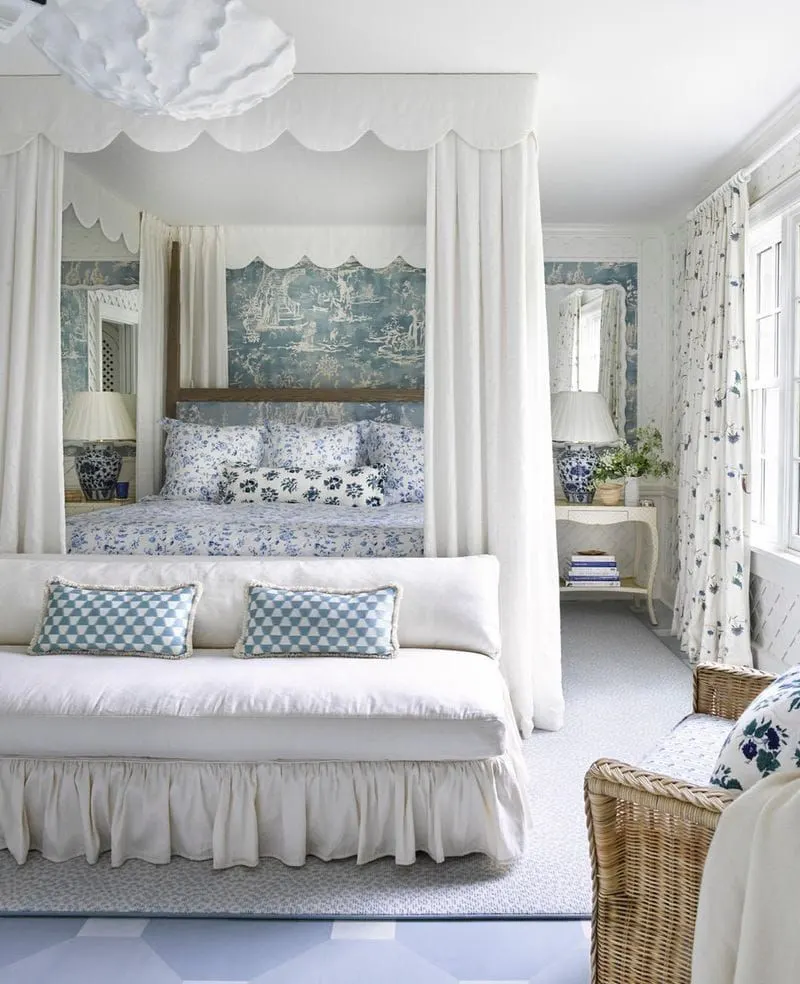
Ruffled bed skirts were a staple in ’80s bedrooms, adding a touch of elegance and formality. Paired with floral or pastel bedding, they created a romantic, layered look. However, the trend has largely faded, with modern design favoring streamlined, minimalist bedding.
Contemporary styles often opt for tailored bed skirts or none at all, creating a cleaner silhouette. Despite this shift, some still appreciate the charm of a ruffled bed skirt, using it to evoke a sense of nostalgia and whimsy within a more restrained design scheme.
Lace Curtains
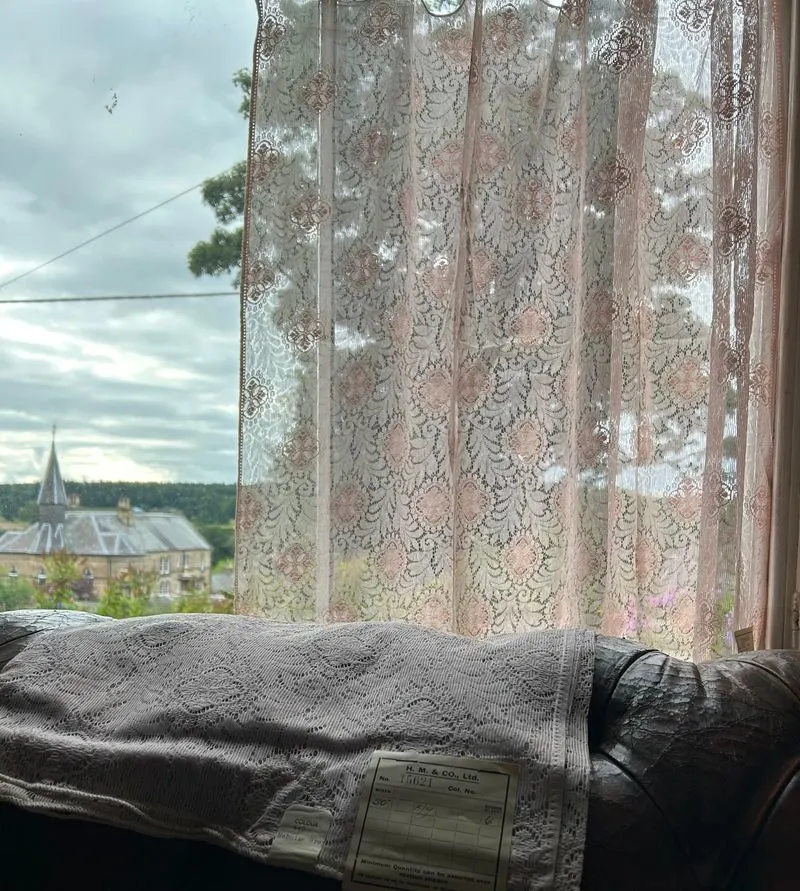
Lace curtains were a common sight in ’80s homes, offering a delicate touch to windows. They allowed light to filter through gently, creating a soft, ethereal glow. However, in today’s interiors, lace can feel overly fussy or dated.
Modern window treatments typically favor simpler, more streamlined fabrics that complement a wide range of decor styles. Nonetheless, lace curtains can still be used effectively, especially in vintage or eclectic interiors, providing a nostalgic link to the past while adding texture and interest.
Chintz Fabrics

Chintz fabrics were synonymous with ’80s interior design, known for their vibrant floral prints and glossy finish. They decorated everything from sofas to curtains, adding color and pattern to spaces. However, chintz fell out of favor as tastes shifted towards minimalism and subtlety.
In modern design, bold patterns are used more sparingly, often as statement pieces rather than dominating themes. Despite this, chintz has seen a revival in some circles, appreciated for its vintage charm and ability to bring personality and warmth to a room.
Carpeted Bathrooms
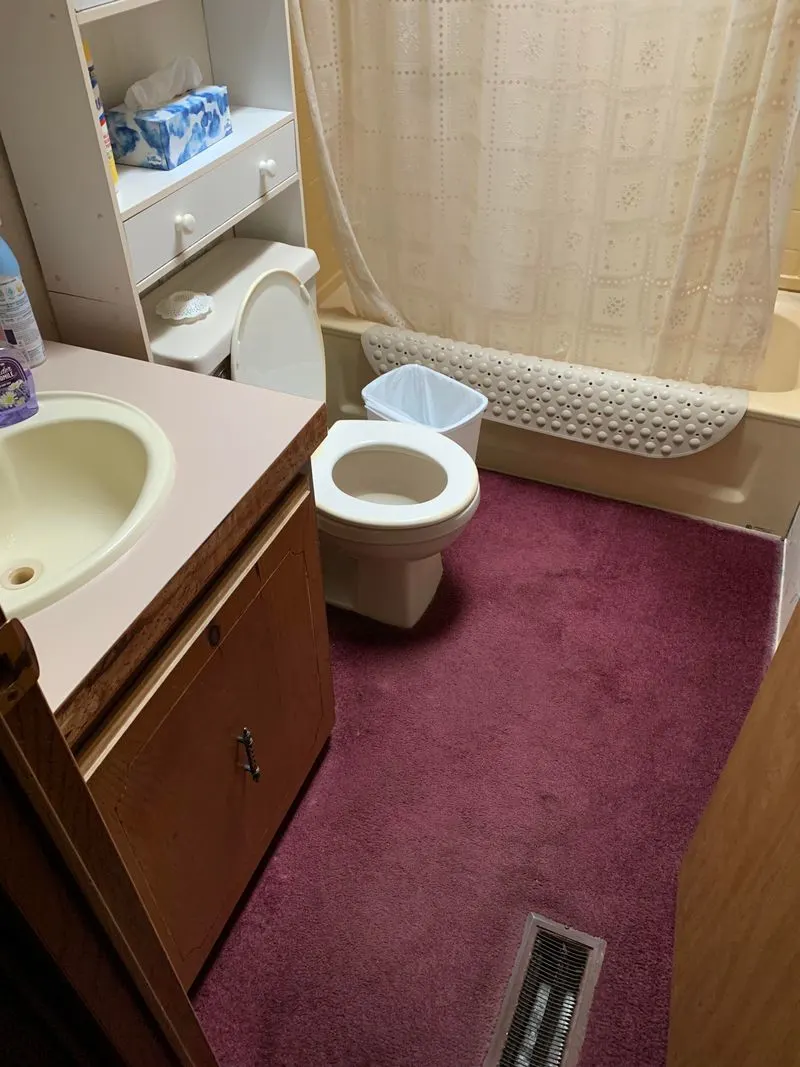
Carpeting in bathrooms was an unusual trend that peaked in the ’80s, providing warmth underfoot in an unexpected setting. While comfortable, it posed practical challenges, particularly with moisture and hygiene. Today, tile or vinyl flooring is preferred, offering easy maintenance and a sleek look.
Although carpeted bathrooms are rare now, some might remember them fondly for their cozy appeal. In modern homes, the focus is on durable, water-resistant materials, yet the idea of comfort in the bathroom remains relevant, often achieved with plush mats or heated floors.
Wallpaper Borders
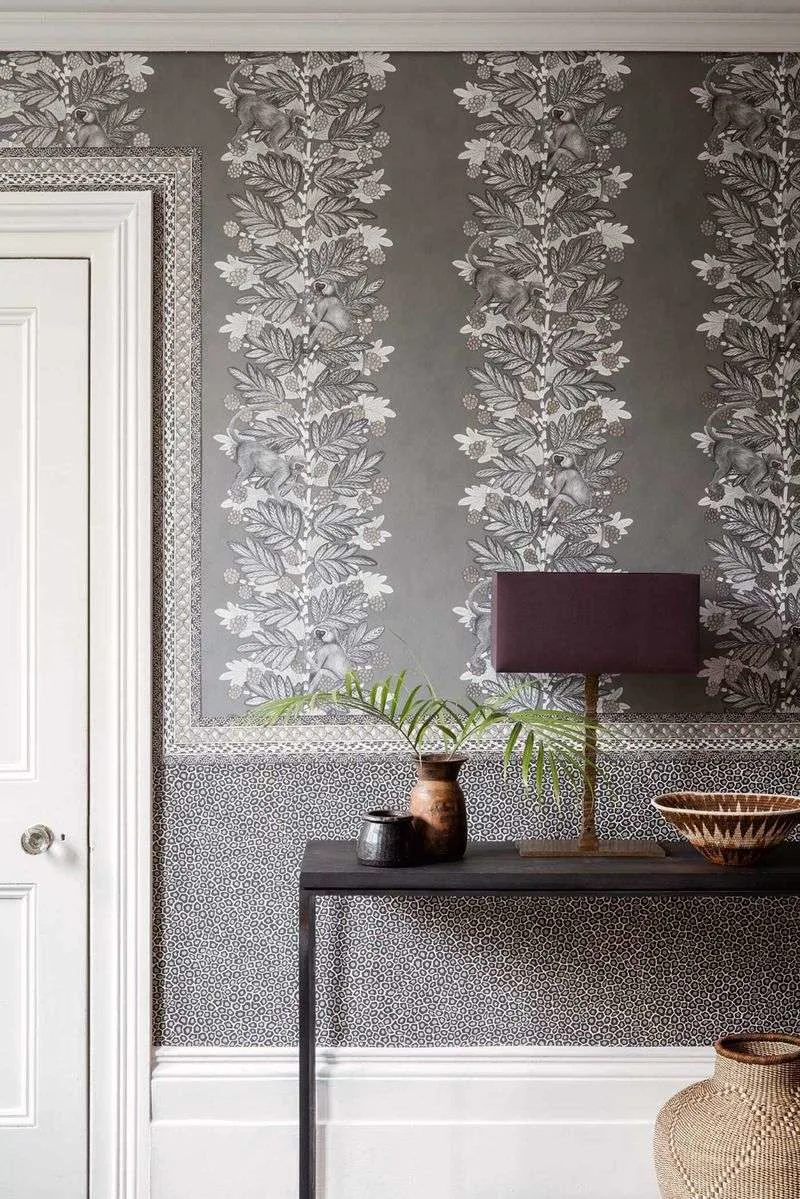
Wallpaper borders were a design favorite in the ’80s, adding detail and personality to rooms. Used at the top of walls or around windows, these borders often featured floral or geometric patterns. However, they can now seem dated or overly busy.
Modern interiors typically opt for full-wall designs or plain walls, allowing decor and furnishings to take center stage. Yet, for those who enjoy a touch of nostalgia, wallpaper borders can be a charming addition, providing a subtle connection to a time when every detail was carefully considered.
Popcorn Ceilings
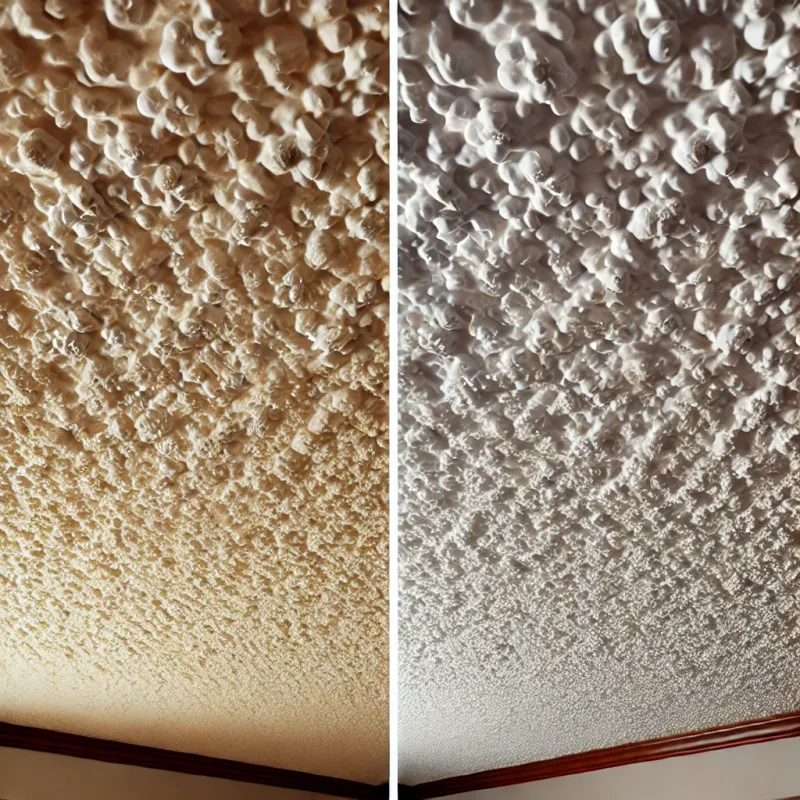
Popcorn ceilings, with their textured finish, were a ubiquitous feature in ’80s homes. They were valued for their ability to hide imperfections and absorb sound. However, their rough appearance is now considered outdated, and many homeowners opt to have them removed for a smoother finish.
Modern design favors clean, flat ceilings that create an open, airy feel. Despite this, some still appreciate the practicality of popcorn ceilings, particularly in older homes where their acoustic benefits remain useful. They stand as a reminder of a time when form often followed function.
Faux Finish Walls
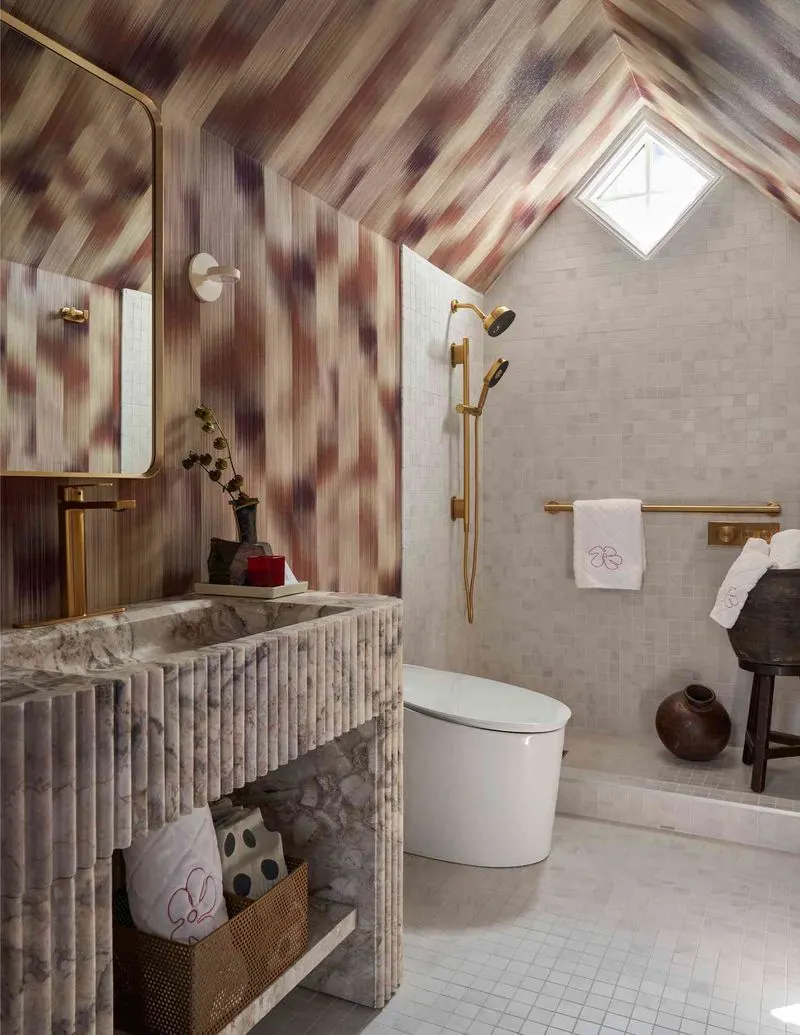
Faux finish walls were a creative outlet in the ’80s, allowing homeowners to experiment with textures and colors. Techniques like sponging or rag rolling were popular, creating a marbled or textured look. These finishes added depth and interest but can feel dated today.
Modern design typically favors solid colors or subtle textures, letting furnishings and art add personality. Nonetheless, faux finishes have seen a resurgence in some areas, appreciated for their ability to add character and uniqueness to a space, highlighting the cyclical nature of design trends.
Matching Everything
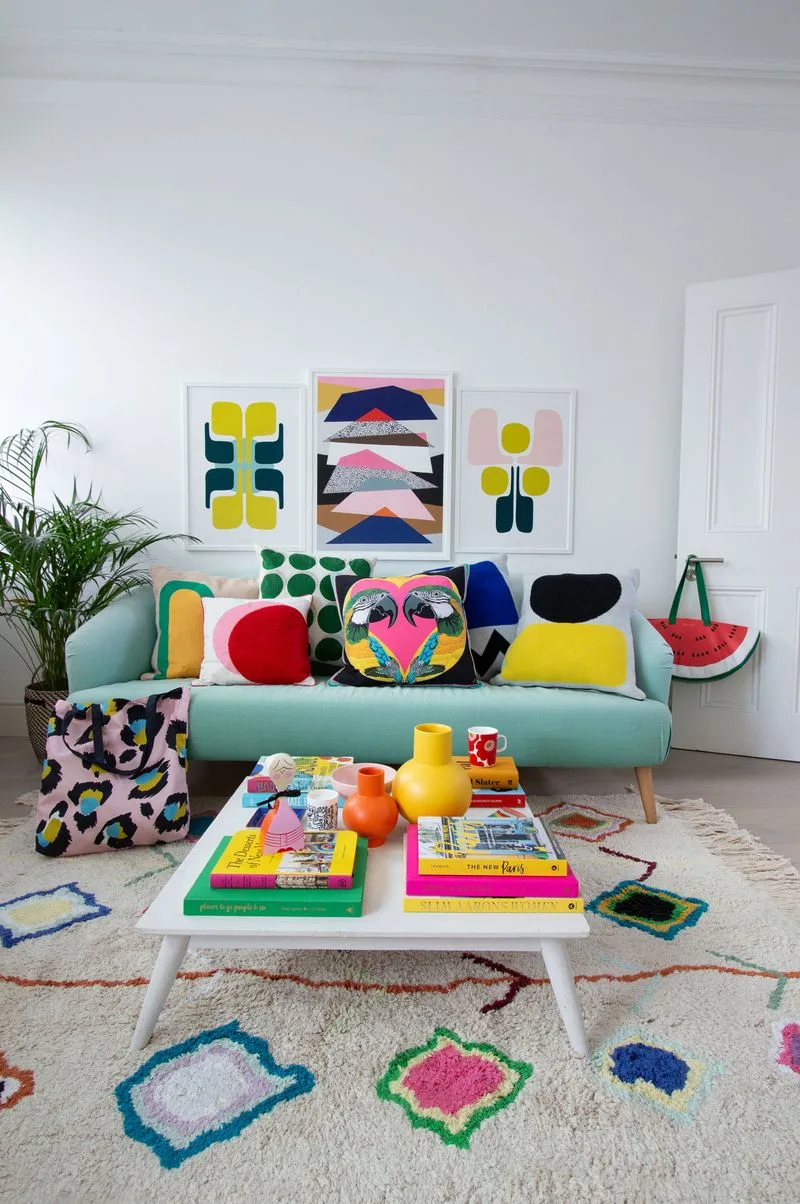
The ’80s encouraged matching furniture sets, creating a cohesive, if somewhat predictable, look. Bedrooms often featured coordinated beds, dressers, and nightstands, giving a sense of order and uniformity.
Today, eclectic mixes are more popular, allowing for personal expression and unique combinations. Matching sets can lack personality or creativity, but they still appeal to those who appreciate symmetry and consistency. While the trend has mostly faded, the desire for harmony and coordination in design endures, though often expressed in more varied and nuanced ways.

